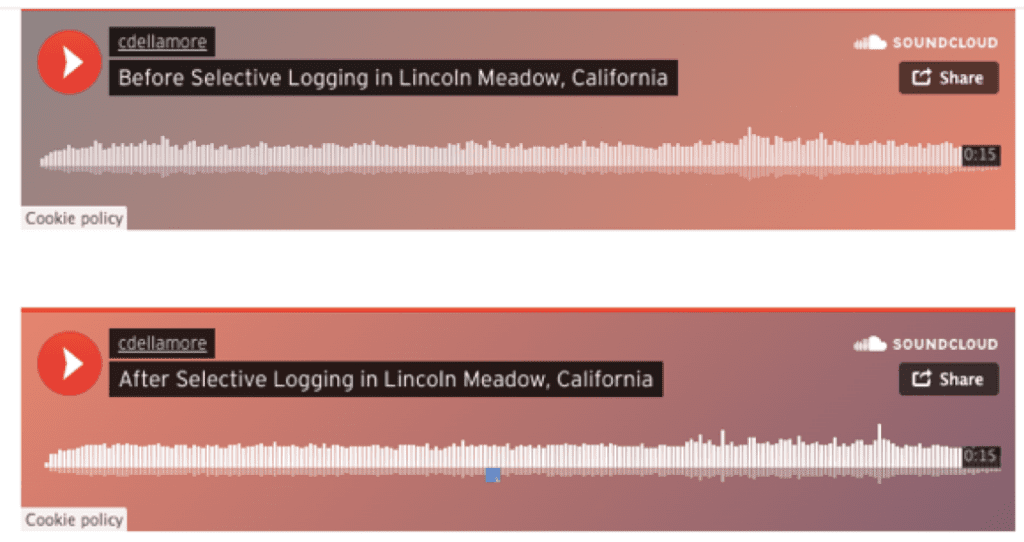The Half-Earth Project Educator Ambassador program provides educators with compelling, classroom-ready content designed to engage students in biodiversity science and conservation.
This week, we provide additional interactive content to the experience and materials provided previously, featuring the film “The Guide”, a “WildCam Gorongosa: A Citizen Science Project,” and more. Classroom materials included.
E.O. Wilson Inspires Piotr Naskrecki in Gorongosa (8 minutes)
Piotr Naskrecki, Norina Vicente, and Ricardo Guta introduce us to their work in Gorongosa National Park at the E.O. Wilson Biodiversity Laboratory, an amazing place where science and community-based conservation are thriving in a national park in Mozambique.
Budding Biodiversity Scientists in Gorongosa National Park (32 minutes)
Norina Vincente and Ricardo Guta are honing their biodiversity expertise on ants and flying insects in particular. Learn about their research and experiences doing research while working with their fellow Mozambicans living in the buffer zone around the park. Ricardo and Norina also shared their passion at our Happy Hour in Gorongosa.
Piotr Naskrecki on the Science and Culture of Ecological Recovery in Gorongosa (39 minutes)
Piotr Naskrecki, the inaugural Half-Earth Project Scientific Chair, shows us stunning photos of the biodiversity of Gorongosa while discussing critical aspects of research, conservation methods, and community engagement that have made the park a global exemplar of our plans for a Half-Earth future.
Compare and Share: Phenomenal Sounds
In this brief activity, students can work individually or in groups, to first listen to two different sound recordings, make some observations, then formulate questions, and re-evaluate their conclusions upon receiving more information.


Open Your Ears: Educational Resources for Animal Acoustics
This guide features some resources and activities to help your students explore the amazing world of acoustical biology. Have your students Compare and Share sounds from a landscape before and after trees have been logged. In a Data Play feature, they can analyze a complex soundscape to identify the signatures of diverse species.



